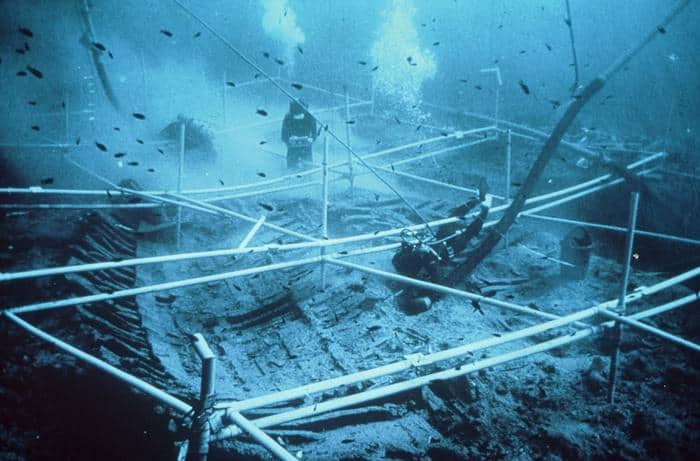A recent study published in the open-access journal PLOS ONE on June 26 reveals that updated radiocarbon calibration techniques have provided more accurate date estimates for Greek shipwrecks. Conducted by Sturt Manning from Cornell University, US, and colleagues, the research addresses discrepancies in previous dating efforts.
The Kyrenia Ship, discovered in the 1960s off the coast of Cyprus, is a pivotal artefact for understanding ancient Greek shipbuilding. Initial archaeological evidence suggested its final voyage occurred around 300 BCE, yet previous radiocarbon dating did not align with these findings. Manning and his team attribute this discrepancy to outdated radiocarbon calibration data.

Radiocarbon dating accuracy hinges on calibration data derived from tree-ring dates of known age, which corrects for fluctuations in atmospheric carbon levels over time. As techniques have advanced, some periods within the Northern Hemisphere calibration curve, particularly from 433-250 BCE, lacked updated data. The researchers in this study applied new tree-ring samples and modern dating methods to refine the calibration data for this specific period.
Using the updated calibration, the team re-assessed radiocarbon dates obtained from materials found on the Kyrenia Ship, including both the vessel itself and its cargo from its final journey. The revised dates now align closely with archaeological evidence, suggesting the ship sailed around 280 BCE, slightly later than previously thought. The researchers also applied the improved calibration to another ancient Greek ship, the Mazotos ship, estimating its final voyage around 370 BCE, also slightly later than earlier studies indicated.
This study underscores the ongoing need for refining radiocarbon calibration data. The authors emphasize that such revisions are crucial for archaeological materials requiring precise dating, often within decades.
Manning and colleagues state, "We are excited to use scientific techniques to date the renowned Kyrenia Ship to approximately 2300 years ago. This ship holds significant importance in the history of ship technology and maritime trade in the classical Mediterranean. The methods developed here for dating this ship, along with solutions to various technical challenges we encountered, will contribute to dating other shipwrecks and enrich our understanding of ancient seafaring history."


